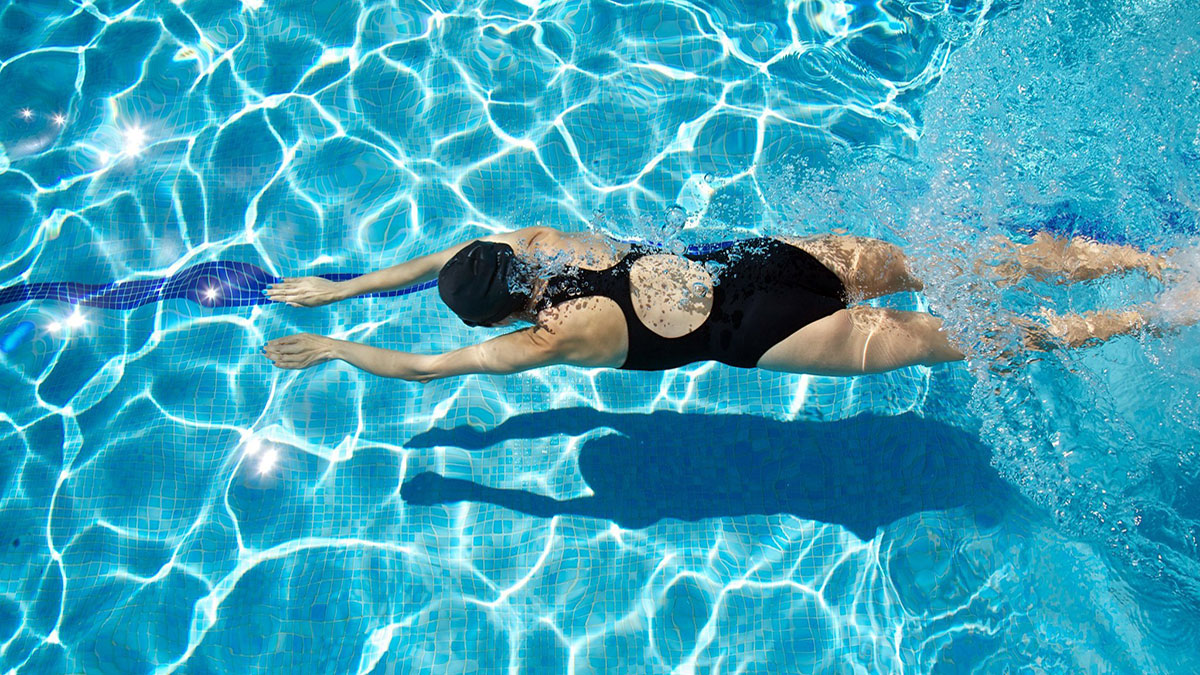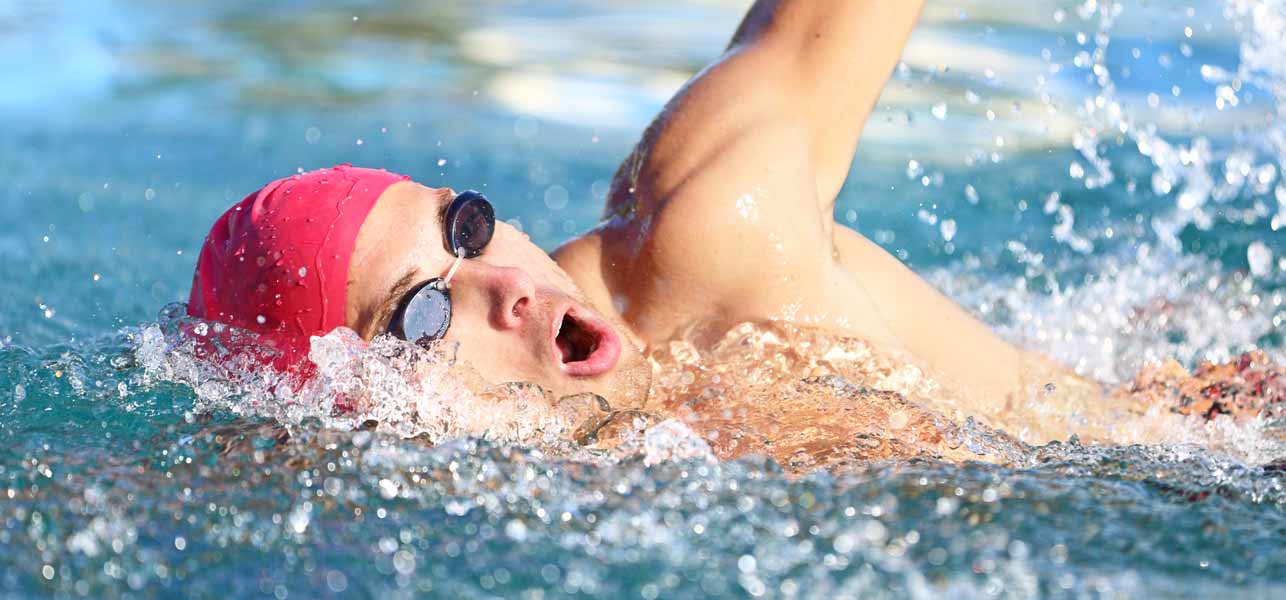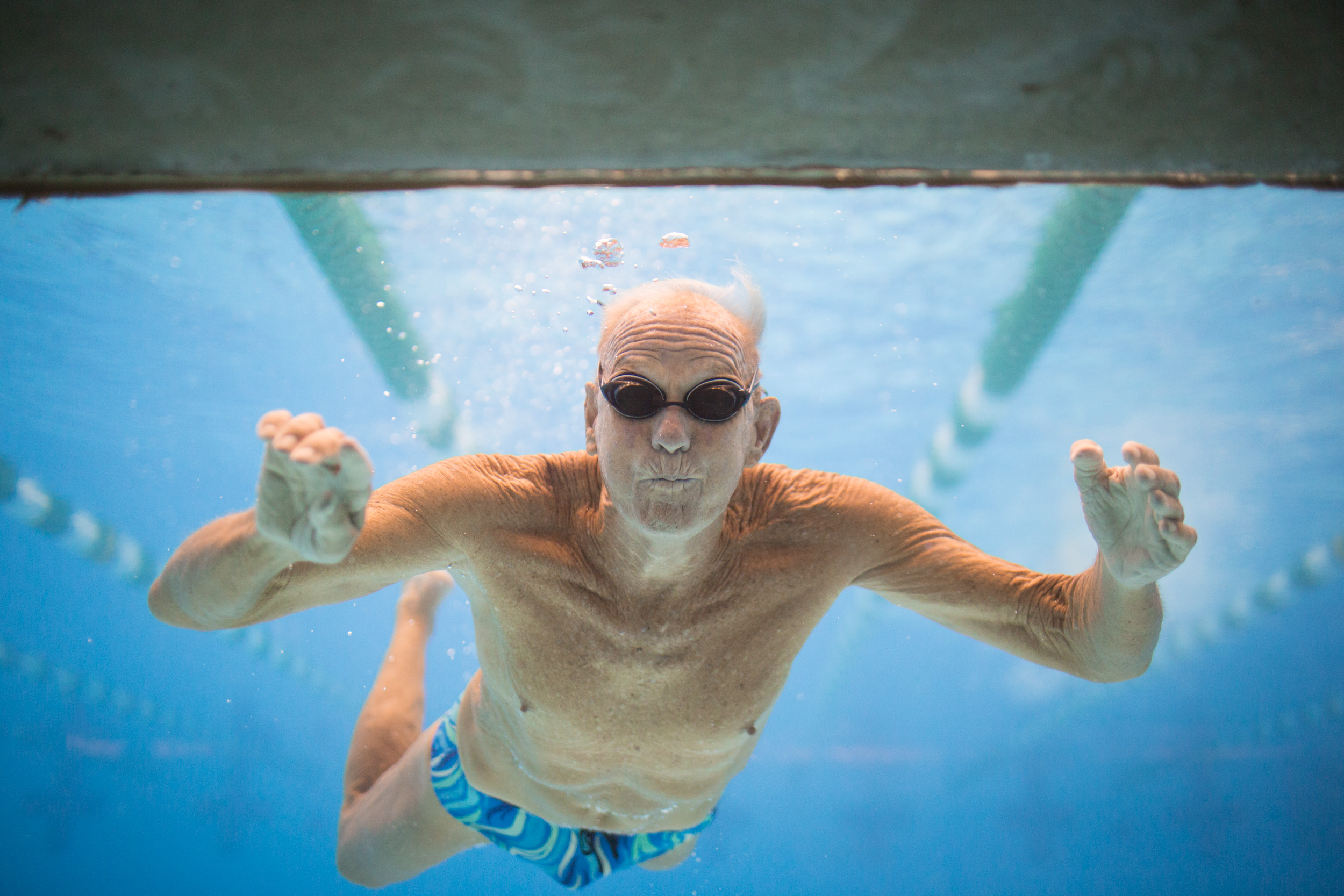Posted by Lindsay Campbell on 7th Jul 2017
THE REAL BENEFITS OF SWIMMING
After Speedo has launched a brand new campaign in the aim to get more
people
into the water and improve their fitness via the fabulous sport of
swimming, many people wonder about the real benefits of swimming and why
does it improve performance in other activities such as running. Here,
we will give you the answer!
First, the fact that you’re submerged in water means your bones and muscles are somewhat unshackled from the constraints of gravity. This makes swimming the ideal exercise for people with osteoarthritis, for whom weight-bearing exercise can be excruciatingly painful.
But don't be fooled; your body is working hard when you’re in the pool.
Water is denser than air, so moving through H2O puts more external
pressure on your limbs than out-of-water training.

Increased overall muscle strength
- When swimming, you have to overcome the resistance of the water, and any effort expended in the pool makes a contribution to every muscle, from tip to toe.
- With swimming, both the upper and lower body develop equally.
It strengthens the back and this means an optimised posture for running. When running or biking, you’re mostly using your lower
body. Swimming not only engages your legs, but also
recruits your upper body and core.
- Swimming improves posture and strengthens the following upper body muscles: trapezoids, deltoids, pectorals, biceps, triceps, forearms, abdominal and back muscles.

Improved breathing
- The abdominal breathing used by runners has to be millimetre-perfect on the day of the marathon. Swimming strengthens the abdominal muscles, which are, naturally, put to a stern test.
- Swimming can be used to work on your breathing techniques and synchronisation. The variety of strokes (freestyle, breaststroke, butterfly, backstroke) offers the sports person a variety of breathing patterns too.

Protecting joints and avoiding injury
- Running will always be a traumatic experience for the body, mainly for the joints (knees and ankles), which have to withstand up to three times the athlete's body weight under load. These joints are also put to the test in everyday life. Preserving them is a daily struggle.
- Because there are no knocks or impact against the ground in swimming, the body is not exposed to injury and can, in fact, stretch out. As what is known as a "supported " activity (the water will support 90% of the weight of the human body), it helps the athlete to avoid traumatic injury (sprains, fractures), post-traumatic injury (arthritis) and wear and tear (arthrosis, compacting and pinching of joints and vertebrae).

Optimised recovery before and after the marathon
- Recommended by sports doctors, swimming even offers the sports person the chance to continue training when injured, or just to take some physical exercise. It optimises recovery prior to and following a marathon. The massaging contact with the water improves blood circulation and eliminates toxins.
Swimming breaks up the routine of preparation
- Just as much as the physical activity, the psychological aspect is an essential factor. Especially when a major goal is looming. Going to the pool breaks the routine, helping the athlete to overcome any mental fatigue caused by using the same old programme in the run-up to a challenge. A water-based activity gives an opportunity to set new goals if problems arise.
Start slowly, don’t try to do too much too early, and focus on proper technique. Start off with 30-minute sessions three times a week, and don't forget to take frequent breaks. “You want to ease into it and build up.

